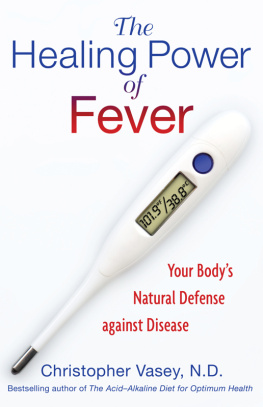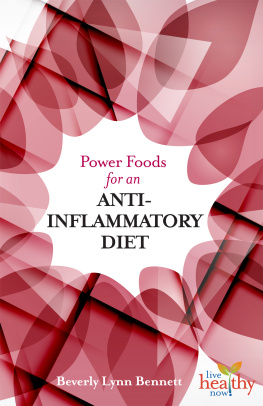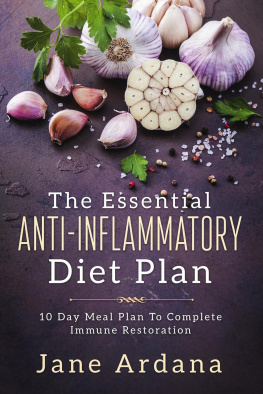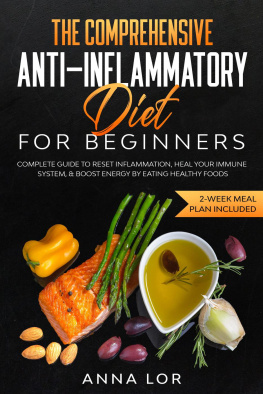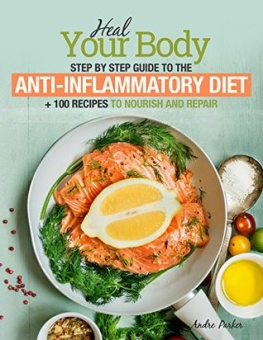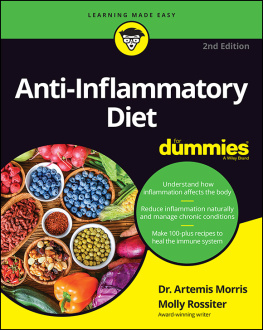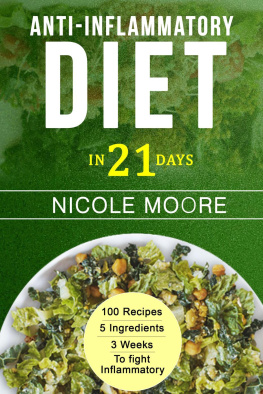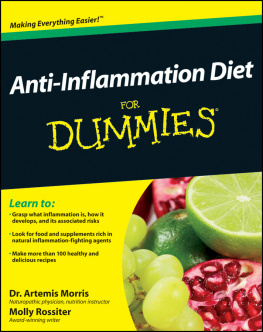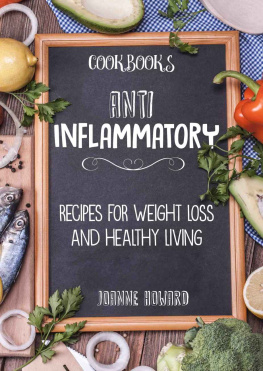Christopher Vasey - Natural Remedies for Inflammation
Here you can read online Christopher Vasey - Natural Remedies for Inflammation full text of the book (entire story) in english for free. Download pdf and epub, get meaning, cover and reviews about this ebook. year: 2014, publisher: Inner Traditions/Bear & Company, genre: Religion. Description of the work, (preface) as well as reviews are available. Best literature library LitArk.com created for fans of good reading and offers a wide selection of genres:
Romance novel
Science fiction
Adventure
Detective
Science
History
Home and family
Prose
Art
Politics
Computer
Non-fiction
Religion
Business
Children
Humor
Choose a favorite category and find really read worthwhile books. Enjoy immersion in the world of imagination, feel the emotions of the characters or learn something new for yourself, make an fascinating discovery.

- Book:Natural Remedies for Inflammation
- Author:
- Publisher:Inner Traditions/Bear & Company
- Genre:
- Year:2014
- Rating:5 / 5
- Favourites:Add to favourites
- Your mark:
Natural Remedies for Inflammation: summary, description and annotation
We offer to read an annotation, description, summary or preface (depends on what the author of the book "Natural Remedies for Inflammation" wrote himself). If you haven't found the necessary information about the book — write in the comments, we will try to find it.
Explores the use of 18 anti-inflammatory herbs, such as bay laurel, basil, turmeric, and devils claw, as well as 15 other natural substances, such as propolis and fish oil
Examines which natural remedy is best for many common inflammation-related ailments, such as asthma, bronchitis, tendonitis, arthritis, and eczema
Reveals the important role of omega-3s in defending the body against inflammation
From aspirin and ibuprofen to antihistamines and cortisone, anti-inflammatory drugs are now the top-selling pharmaceuticals in the world. But daily use of these powerful drugs comes with a price: side effects, many of which can lead to other chronic conditions and the further use of medications.
In this practical guide to natural remedies for inflammation, naturopath Christopher Vasey explores 18 anti-inflammatory herbs, such as bay laurel, basil, turmeric, and devils claw, as well as 15 other natural substances, such as propolis and fish oil. He explains which conditions each addresses most effectively, proper dosage, and the best methods of ingestion.
Vasey explains how, like fever, inflammation is a defensive reaction of the body and also carries out a cleansing process, which natural remedies support but pharmaceuticals can destabilize by contributing more toxins to the internal terrain. He examines 50 of the most common inflammation-related ailmentssuch as allergies, asthma, conjunctivitis, bronchitis, sinusitis, cystitis, tendinitis, arthritis, eczema, and sciaticaand explains which medicinal plant or food supplement is best suited to safely alleviate unpleasant symptoms while helping the body complete the healing the inflammation was initiated to perform.
Revealing the important role of omega-3s in defending the body against inflammation and reducing the damage caused by chronic inflammation, Vasey explores what foods are rich in these key molecules, how much must be eaten to defend the body, and what omega-3 supplements are most suited to your bodys needs. The author also examines how to deacidify the body, as acids have an inflammatory effect, as well as how to use hydrotherapy to calm inflammation.
Christopher Vasey: author's other books
Who wrote Natural Remedies for Inflammation? Find out the surname, the name of the author of the book and a list of all author's works by series.

